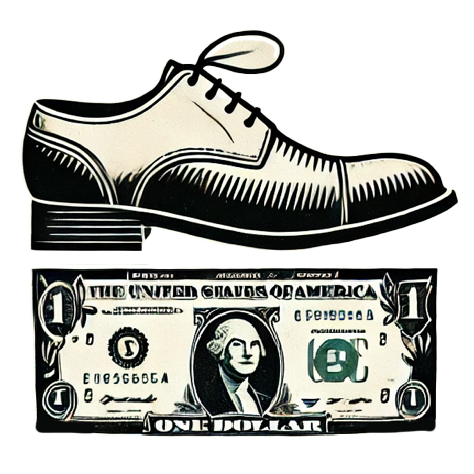Tariffs, particularly in an economy that shows signs of vulnerability, are a double-edged sword. While they are often touted as a means of protecting domestic industries, the reality for consumers is more complex and unsettling. Recent surveys reveal that an overwhelming 85% of Americans are apprehensive about these trade policies impacting their purchasing power. This dissatisfaction indicates a growing unease that could exacerbate tensions within the economy. When consumers start worrying, that unease translates into reduced spending, which can spiral into broader economic problems, including a potential recession.
The Immediate Financial Impact
The financial ramifications of tariffs should be addressed candidly. According to estimates from Yale’s Budget Lab, tariffs could add an astonishing $3,800 to the average household’s annual expenses. For families already grappling with inflation on everyday items—like groceries and household necessities—this hefty price tag becomes yet another burden. It’s important to recognize that the pressures of these tariffs fall disproportionately on those who are already feeling financially squeezed. As prices continue to rise, families find themselves making difficult compromises, whether it’s cutting back on travel plans or forgoing significant purchases like vehicles.
Consumer Sentiment on the Decline
As shown by the University of Michigan’s consumer survey, confidence in the economy is diminishing, with a noticeable decline of more than 30% since late last year. This decline in sentiment is indicative of a populace increasingly anxious about their financial future. The latest readings reveal a staggering 11% drop in just a month, suggesting that the disconnect between governmental economic policies and everyday life is widening. Consumers are not merely passive observers; their decisions are influenced by this growing apprehension, which can lead to a crimping of demand—a vital component of economic health.
Shifts in Spending Behavior
In light of these concerns, Americans are adapting their spending habits. Data from a NerdWallet survey highlights that a significant portion of respondents are planning to cut back on non-essential purchases. About 45% of those surveyed intend to decrease spending on non-necessities, while even 33% plan to spend less on essentials. This shift is a clear reflection of the times we face. It’s essential to interpret these findings not just as numbers, but as a societal response to a landscape filled with uncertainty. Rather than simply weathering the storm, consumers are actively preparing for what they perceive as an inevitable fallout from persistently high prices and reduced purchasing power.
Preparing Financially for Uncertainty
In this climate of uncertainty, financial experts are urging individuals to prioritize emergency savings. Stephen Kates emphasizes that having at least one month’s worth of expenses saved up is crucial, recommending ideally three to six months. This measure allows consumers to shield themselves from falling into debt in the event of unexpected economic shocks, like job losses. The approach stresses the importance of being proactive rather than reactive in safeguarding one’s financial future. While the temptation to focus solely on long-term goals like retirement savings exists, prioritizing emergency funds ensures that families can withstand financial storms more effectively.
Debt Management Strategies to Consider
For those who find themselves grappling with existing debts, prioritizing how to pay them down is vital. The “debt avalanche” strategy could be a valuable tool here; focusing on high-interest debts first can lead to quicker and more impactful financial relief. With every payment, individuals can free up more disposable income, allowing for greater flexibility in future financial decision-making. Making strategic choices about debt can significantly ease the burden during times of economic turmoil, enabling consumers to channel resources into essential savings.
Ultimately, the current economic landscape shaped by tariffs necessitates an acute awareness of spending habits and future planning. It is evident that individuals must take an active role in navigating these turbulent waters.

